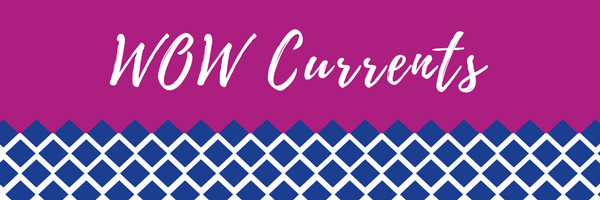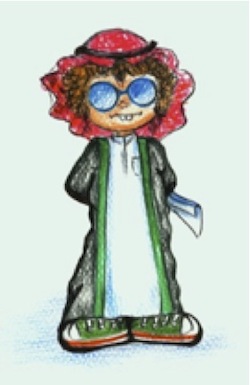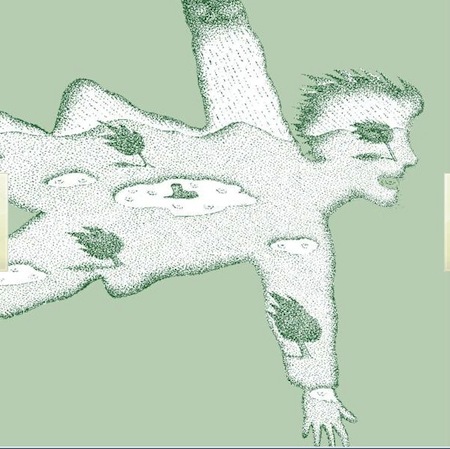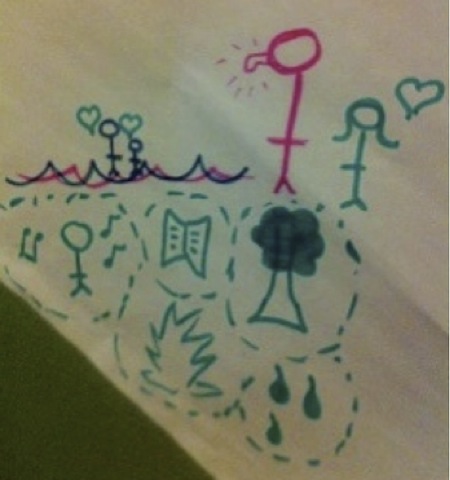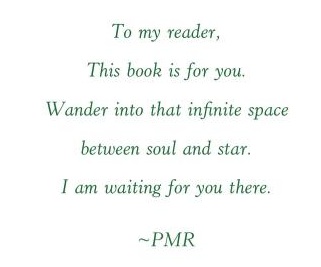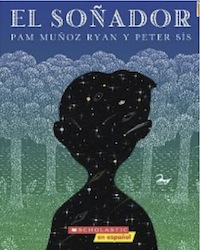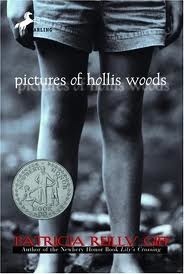by Nojood ALsudairi, King Abdulaziz University, Jeddah, Saudi Arabia
The plot of our fourth book, Rammula (Little Grain of Sand), started with an idea of a child looking at a part and judging the whole according to his/her own perception of the part. After many discussions the idea changed to a focus on how the small details that we usually ignore can cause major events. For example, a small nail is the reason for studying a large art work hanging on a wall. The group decided to read some more picture books to develop their idea.
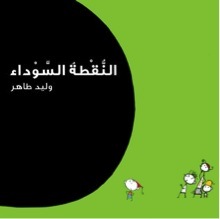 Annuqtatu Assawdaa (The Black Dot) by Waleed Tahir (Egyptian), (2009, Dar Ashorooq, Egeptian) is about a big black dot appearing suddenly on the playground of a neighborhood to disturb children’s play. The children first accept its presence, but then they decide to demolish it with hard work and patience. The group liked the way the writer presented his idea in a simple way. The ending of this particular book inspired them to write about a little piece of grit. They liked the simplicity of the illustrations as well. (See review of this book). Continue reading
Annuqtatu Assawdaa (The Black Dot) by Waleed Tahir (Egyptian), (2009, Dar Ashorooq, Egeptian) is about a big black dot appearing suddenly on the playground of a neighborhood to disturb children’s play. The children first accept its presence, but then they decide to demolish it with hard work and patience. The group liked the way the writer presented his idea in a simple way. The ending of this particular book inspired them to write about a little piece of grit. They liked the simplicity of the illustrations as well. (See review of this book). Continue reading

